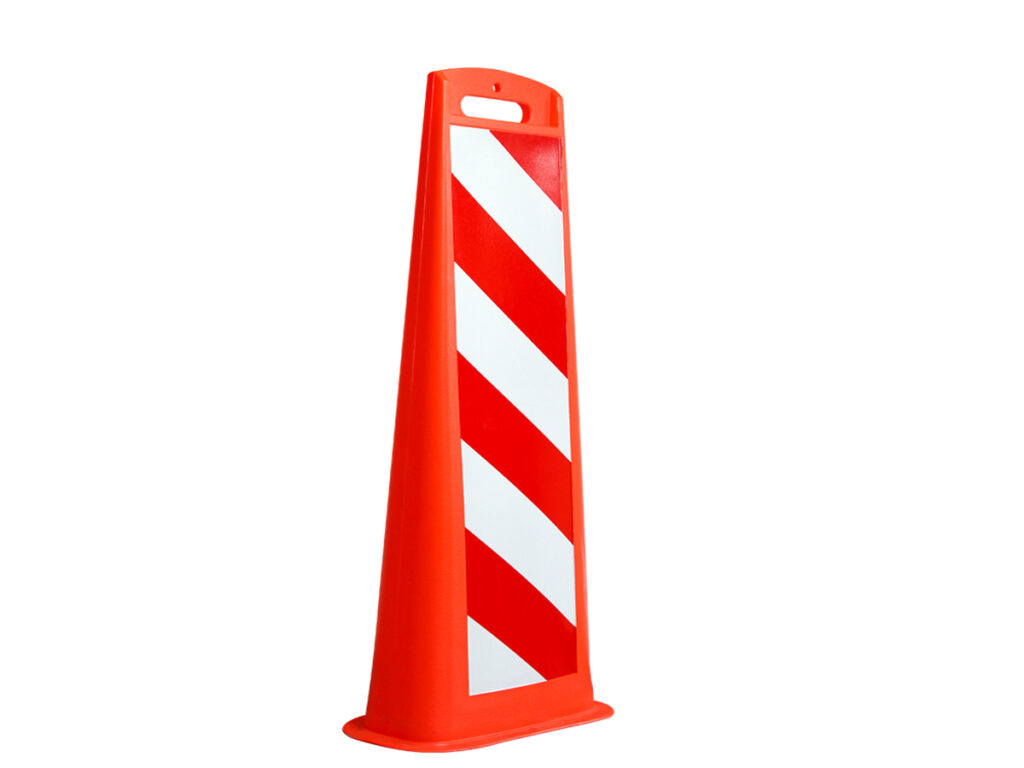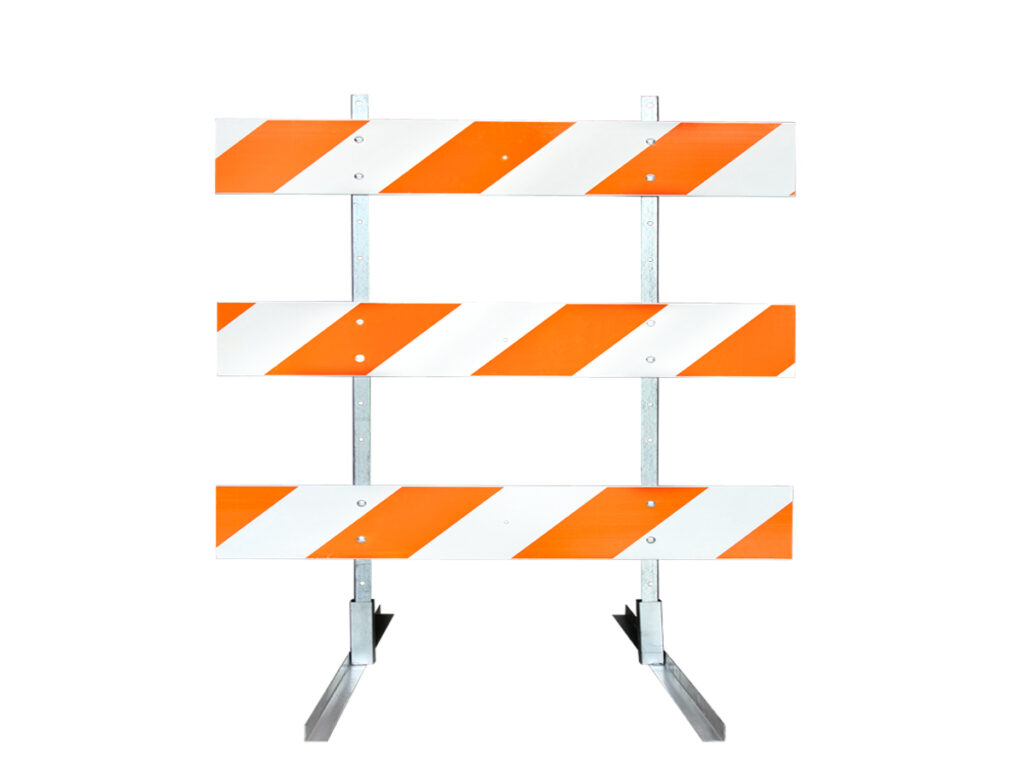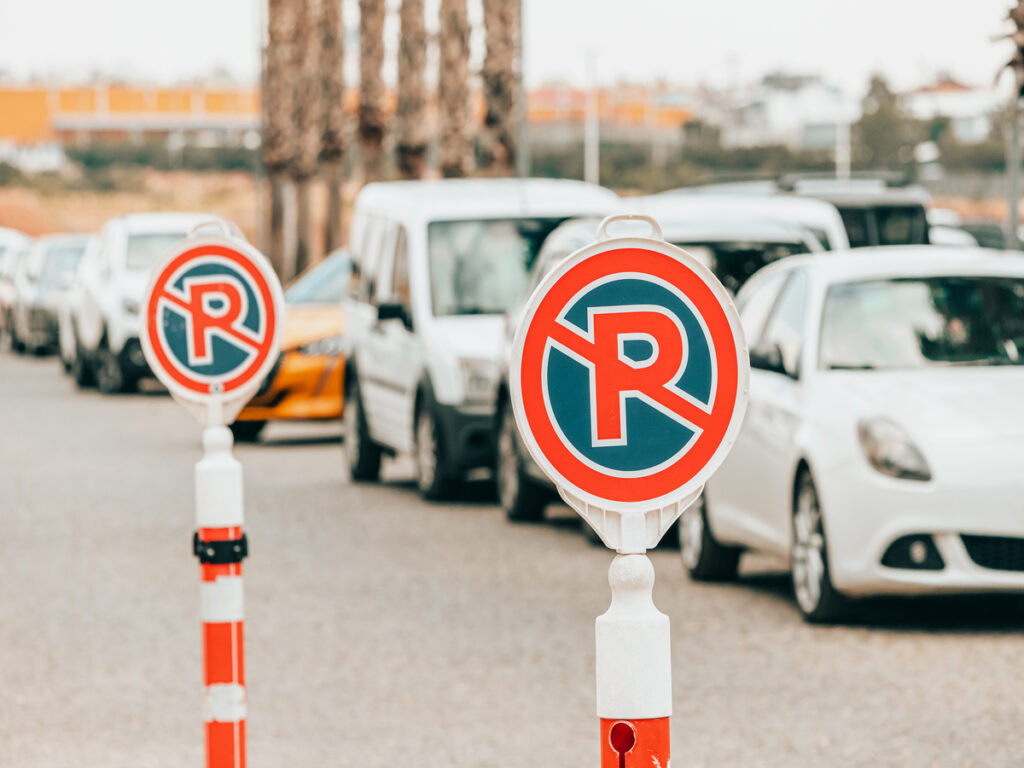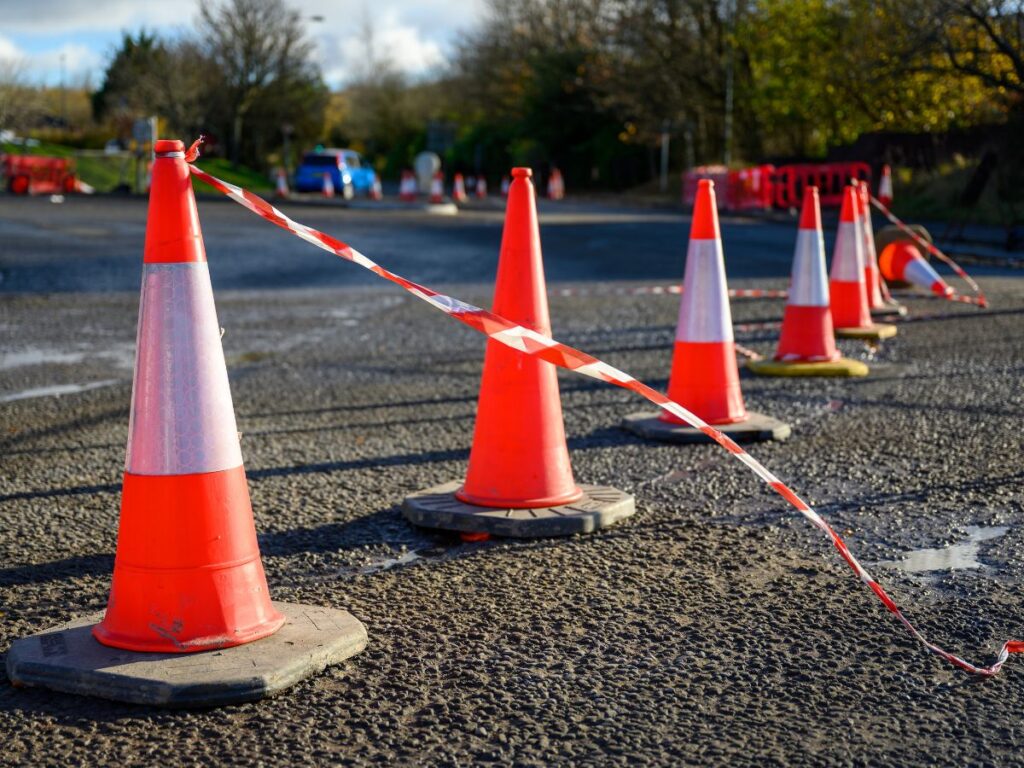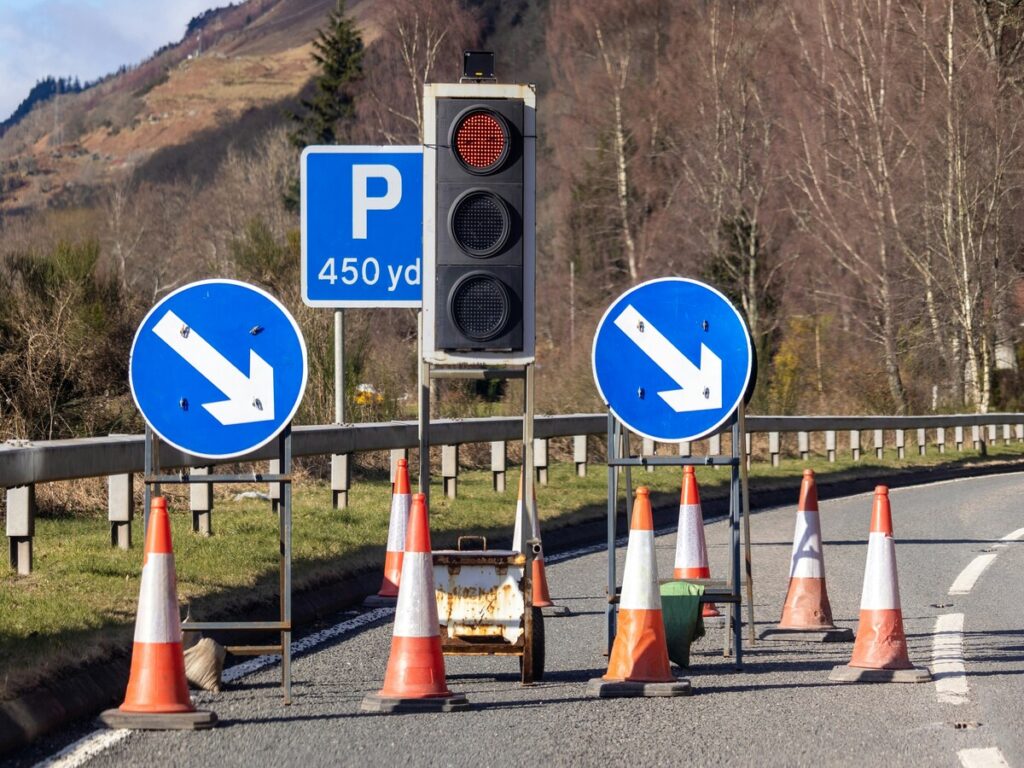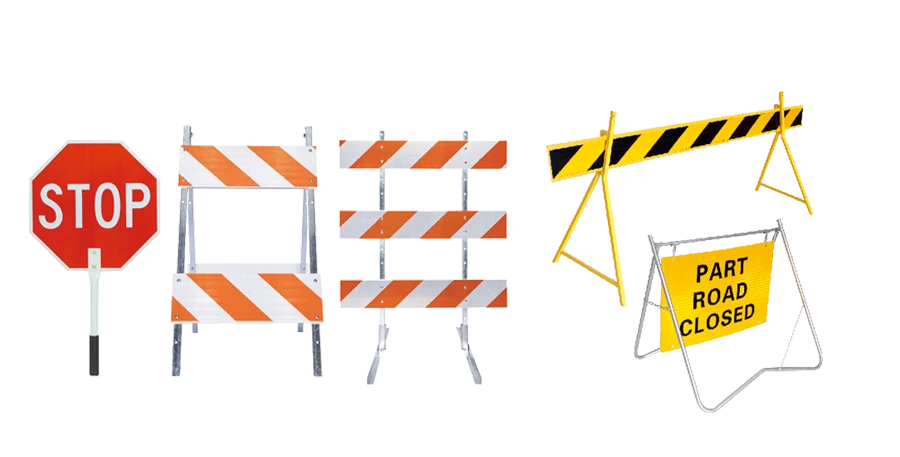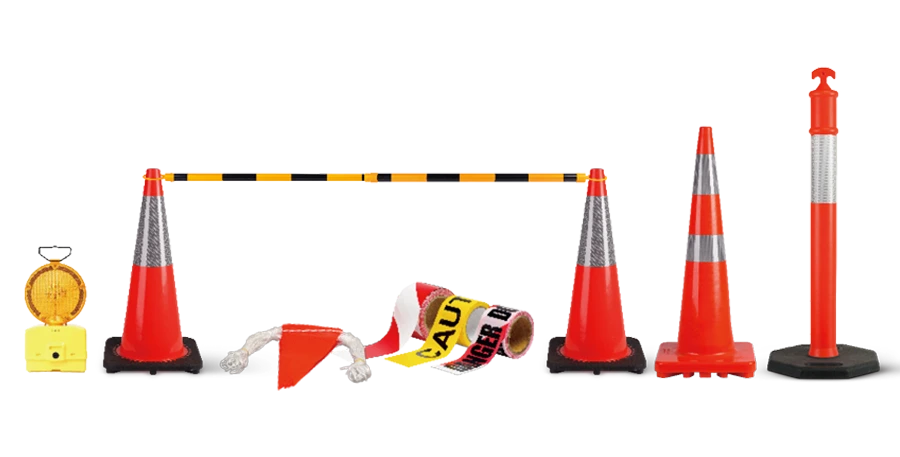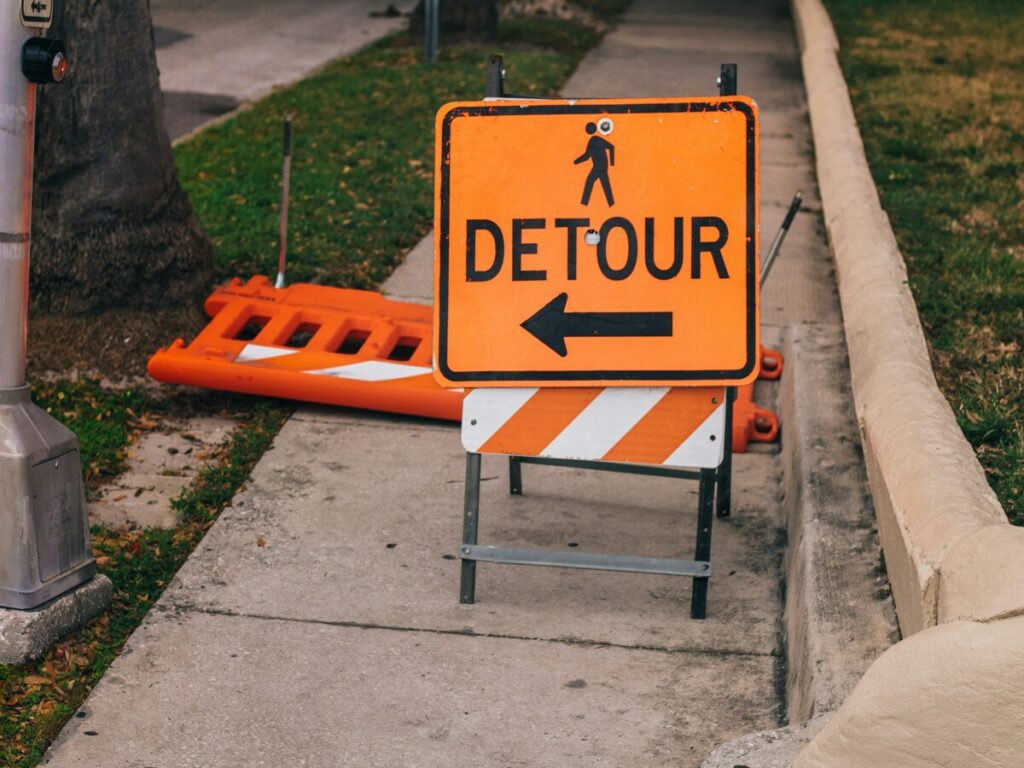
Puede pensar que los paneles verticales son una opción confiable para el uso al aire libre., Pero su desempeño en áreas ventosas cuenta una historia diferente.. El viento ejerce una presión significativa sobre estos paneles, a menudo causando inestabilidad. Su alto, El diseño estrecho los hace menos adecuados para entornos con ráfagas fuertes. Con el tiempo, La exposición al viento puede debilitar su estructura, conduciendo a preocupaciones de seguridad. Para control de tráfico de panel vertical, Esta inestabilidad puede interrumpir la seguridad vial y crear riesgos. Comprender cómo interactúa el viento con estos paneles lo ayuda a tomar mejores decisiones para condiciones de alto viento.
Principios científicos detrás del diseño de paneles verticales y eólicos
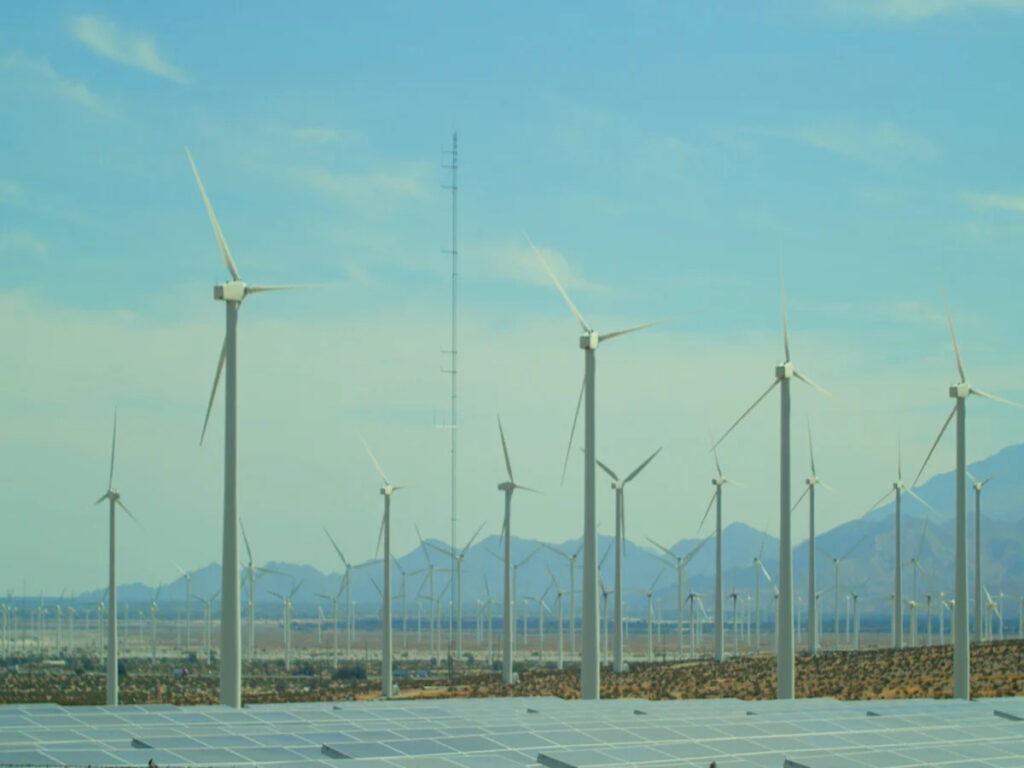
Resistencia al viento y fuerzas de arrastre
El viento crea importantes desafíos para los paneles verticales debido a las fuerzas de arrastre. Cuando el viento sopla contra un panel vertical, genera presión que empuja contra la superficie. Esta presión aumenta con la velocidad del viento., haciendo que el panel sea menos estable. El diseño de paneles verticales amplifica este efecto.. su piso, la estructura vertical capta más viento, creando mayor resistencia. A diferencia de las formas estilizadas, los paneles verticales carecen de la capacidad de reducir turbulencia. Como resultado, experimentan mayor resistencia, que puede provocar vuelcos o desplazamientos. Es posible que notes este problema más en áreas con fuertes, vientos consistentes.
Alto centro de gravedad y problemas de estabilidad
El diseño de paneles verticales a menudo incluye una centro de gravedad alto. Esta característica los hace más propensos a la inestabilidad.. Cuando el viento ejerce fuerza sobre el panel., el centro de gravedad alto se desplaza, aumentando la probabilidad de derrumbe. Puedes comparar esto con equilibrar un objeto alto sobre una base estrecha.. Cuanto más alto sea el objeto, más fácil es que el viento lo derribe. En condiciones de viento, Esta limitación de diseño se convierte en una preocupación importante.. Los paneles con un centro de gravedad bajo funcionan mejor porque distribuyen el peso de manera más uniforme, mejorando la estabilidad.
Durabilidad del material en condiciones de viento
Los paneles verticales suelen utilizar materiales livianos como plástico o películas delgadas.. Estos materiales no son aptos para soportar una exposición prolongada al viento.. Con el tiempo, Los vientos fuertes pueden causar desgaste., reduciendo la durabilidad del panel. También puede notar grietas o flexiones en los paneles expuestos a condiciones climáticas extremas.. Este deterioro compromete su eficacia y aumenta las necesidades de mantenimiento.. La elección de materiales diseñados para resistir las fuerzas del viento puede ayudar a abordar estas limitaciones.. Sin embargo, El diseño liviano de los paneles verticales a menudo prioriza la portabilidad sobre la durabilidad., haciéndolos menos confiables en áreas ventosas.
Características de las zonas ventosas
Regiones ventosas típicas y su clima
Ciertas regiones experimentan vientos más fuertes debido a sus características geográficas.. Las zonas costeras suelen enfrentarse a fuertes vientos debido a la interacción entre la tierra y el mar.. Las diferencias de temperatura crean cambios de presión., provocando condiciones de viento turbulentas. Los desiertos también se encuentran entre las regiones más ventosas. Su terreno llano y la falta de vegetación permiten que el viento se mueva libremente., creando turbulencia. Zonas de gran altitud, como cadenas montañosas, experimentar fuertes vientos cuando el aire se mueve sobre picos y valles. Estas regiones a menudo enfrentan desafíos en el mantenimiento de estructuras debido a la exposición constante al viento..
El clima en estas áreas juega un papel importante en el comportamiento del viento.. Las regiones costeras suelen tener condiciones húmedas., mientras los desiertos permanecen secos y áridos. Las zonas de gran altitud suelen experimentar temperaturas más frías. Estos climas influyen en la fuerza y consistencia del viento.. Comprender estos patrones le ayuda a identificar soluciones adecuadas para gestionar los desafíos relacionados con el viento..
Por ejemplo, regiones como Las zonas costeras de California—especialmente a lo largo del Océano Pacífico—a menudo experimentan fuertes vientos debido a la efecto brisa tierra-mar, donde el aire caliente se eleva sobre la tierra y el aire más frío llega desde el mar. Esto crea patrones de viento consistentes., particularmente por las tardes. Similarmente, el Grandes Llanuras en los Estados Unidos, conocido por su vasto, terreno plano, Puede experimentar ráfagas de viento durante gran parte del año.. Las velocidades del viento aquí pueden ser intensas., especialmente en la primavera y el otoño, cuando los sistemas de tormentas son más activos.
En zonas desérticas como el Sáhara o Arizona, el viento puede barrer zonas expansivas, paisajes áridos sin mucha obstrucción, provocando tormentas de arena o remolinos de polvo que alteran significativamente la visibilidad y la seguridad. El Desierto de Atacama en Sudamérica, Por ejemplo, ve fuertes vientos frecuentes, con condiciones secas que exacerban la intensidad de las ráfagas.
En altitudes más altas, regiones como la Montañas Rocosas en EE. UU.. o el Himalaya en Asia son propensos a fuertes, Vientos persistentes debido a la forma en que el aire fluye sobre picos y valles.. Estos vientos pueden alcanzar velocidades peligrosamente altas., especialmente durante los meses de invierno, por lo que es importante tener en cuenta los efectos del viento al diseñar e implementar medidas de control del tráfico en dichas áreas.
Impactos climáticos estacionales y extremos en la fuerza del viento
La fuerza del viento varía según las estaciones y los fenómenos meteorológicos extremos.. Durante la primavera y el otoño, las fluctuaciones de temperatura crean masas de aire inestables. Esta inestabilidad aumenta la velocidad del viento y las turbulencias.. Es posible que notes vientos más fuertes durante estas estaciones de transición en comparación con el verano o el invierno..
Eventos climáticos extremos, como huracanes o tifones, traer vientos intensos. Estos eventos crean condiciones turbulentas que pueden durar días.. tornados, aunque localizado, producen algunos de los vientos más poderosos de la Tierra. En regiones más frías, las ventiscas combinan nieve y fuertes vientos, reduciendo la visibilidad y creando condiciones peligrosas. Los patrones climáticos estacionales y extremos resaltan las limitaciones de ciertos diseños en áreas ventosas. Las estructuras deben resistir no sólo los vientos regulares sino también las turbulencias provocadas por estos eventos.. Reconocer estos factores le permite prepararse para los desafíos que plantean las diferentes condiciones del viento..
Por ejemplo, durante primavera y otoño en regiones como la Medio Oeste de Estados Unidos, Las fluctuaciones de temperatura entre masas de aire cálido y frío crean condiciones para fuertes tormentas de viento.. Áreas como Kansas y Oklahoma, conocido como parte de “Callejón de tornados,” experimentar una inestabilidad significativa del viento durante estas estaciones de transición. La primavera y el otoño son conocidos por las altas velocidades del viento y las turbulencias., lo que puede conducir a situaciones peligrosas por medidas inadecuadas de control de tráfico como paneles verticales.
Áreas propensas a huracanes como Florida, Texas, y el caribe enfrentan vientos intensos durante la temporada de huracanes, que normalmente alcanza su punto máximo de junio a noviembre. Huracanes y tifones, como Huracán Katrina o Tifón Haiyan, traer sostenido, velocidades extremas del viento que a menudo superan 100 mph (160 km/h), provocando una destrucción masiva y haciendo que ciertos dispositivos de gestión del tráfico sean inadecuados. Los paneles verticales en estas condiciones pueden no mantenerse en posición vertical, planteando graves riesgos a los usuarios de la carretera.
tornados, como se ve en el Grandes Llanuras de los EE. UU.. o partes de Australia central, puede producir vientos localizados pero extremadamente poderosos, a veces alcanzando velocidades de más 300 mph (480 km/h). Estas ráfagas extremas pueden arrancar árboles y tirar vehículos., por lo que depender de dispositivos de tráfico ligeros o mal anclados sería ineficaz y peligroso.
En regiones frías como Alaska o partes de Canadá, tormentas de nieve A menudo se combinan fuertes nevadas con fuertes vientos., creando condiciones de blanqueamiento y reduciendo la visibilidad a casi cero. Los efectos combinados de la nieve y el viento pueden desplazar rápidamente los dispositivos de control de tráfico más débiles., especialmente aquellos que no están diseñados para un clima tan severo. Estas condiciones son particularmente desafiantes para dispositivos como los paneles verticales., que no están construidos para soportar simultáneamente la acumulación de nieve y los fuertes vientos.
Limitaciones de los paneles verticales en zonas ventosas
Ineficiencia en altas velocidades del viento
Los paneles verticales luchan por funcionar eficazmente en entornos con mucho viento. Su diseño vertical aumenta la resistencia., lo que reduce su estabilidad. Cuando la velocidad del viento aumenta, Las fuerzas de arrastre que actúan sobre los paneles se intensifican.. Esto los hace propensos a volcarse o desplazarse.. Es posible que notes más esta ineficiencia en áreas con condiciones de viento turbulento., donde las ráfagas son impredecibles. The inability of vertical panels to withstand such turbulence limits their reliability. A diferencia de otros diseños, vertical panels lack features to minimize drag, making them unsuitable for regions with strong winds.
Increased Maintenance and Durability Concerns
Windy conditions accelerate the wear and tear of vertical panels. Materiales ligeros, such as plastic, often form the core of their design. These materials degrade quickly when exposed to constant wind pressure. Grietas, flexión, and other structural damages become common over time. You may find yourself replacing or repairing these panels frequently, which increases maintenance costs. Además, the turbulence caused by strong winds can loosen their anchoring systems. This further compromises their durability. Investing in reinforced materials and deeper anchoring systems can help, pero estas soluciones a menudo aumentan el costo total.
Riesgos de seguridad y peligros potenciales
El uso de paneles verticales en zonas de mucho viento introduce importantes riesgos de seguridad. Los fuertes vientos pueden hacer que los paneles vibren, desalojar, o incluso derribar. Estos peligros no sólo ponen en peligro a las personas cercanas sino que también interrumpen el flujo de tráfico.. Para abordar estos riesgos, puedes adoptar estrategias de mitigación. La siguiente tabla destaca los riesgos de seguridad comunes y sus soluciones.:
| Riesgo de seguridad | Estrategia de mitigación |
|---|---|
| Los fuertes vientos hacen que los paneles vibren | Utilice sistemas de montaje robustos diseñados para áreas con mucho viento |
| Los paneles se desprenden | Incorporar barreras contra el viento o refugios. |
| Reparaciones costosas y tiempo de inactividad | Invierta en marcos reforzados y anclajes más profundos |
Al comprender estos riesgos, puede tomar decisiones informadas para garantizar la seguridad y minimizar las interrupciones. Sin embargo, Las limitaciones de los paneles verticales en condiciones turbulentas los convierten en una opción menos favorable para áreas ventosas..
Si no vives en una región ventosa, OPTsigns’ panel vertical todavía puede ser una excelente opción para un control eficaz del tráfico. Su diseño liviano y portabilidad lo hacen ideal para áreas con condiciones climáticas moderadas., donde la estabilidad no es una gran preocupación.
Mejores alternativas para áreas ventosas
Paneles horizontales para mejorar la estabilidad
Los paneles horizontales ofrecen una solución práctica para zonas con fuertes vientos. Su diseño de perfil bajo reduce la resistencia al minimizar la superficie expuesta al viento.. Este diseño mejora la estabilidad., incluso en condiciones turbulentas. A diferencia de los paneles verticales, Los paneles horizontales distribuyen el peso de manera más uniforme., bajando el centro de gravedad. Esta característica hace que sea menos probable que se caigan durante condiciones climáticas extremas.. Puede confiar en los paneles horizontales para mantener su posición y funcionalidad en patrones de viento variables.. Sus propiedades aerodinámicas de elevación también mejoran la captura de energía., haciéndolos eficientes en ambientes ventosos. Eligiendo paneles horizontales., Usted aborda los desafíos que plantean las altas velocidades del viento y al mismo tiempo garantiza durabilidad y seguridad..
Sistemas híbridos que combinan energía eólica y solar
Los sistemas híbridos que combinan energía eólica y solar proporcionan una alternativa versátil para zonas ventosas. Estos sistemas optimizan la captura de energía utilizando ambos recursos.. Usted se beneficia de una mayor confiabilidad energética ya que los paneles solares generan electricidad durante los días soleados., mientras las turbinas eólicas funcionan de noche o en condiciones nubladas. Esta combinación garantiza una producción de energía constante durante todo el día.. Los sistemas híbridos también maximizan el uso de la tierra. Aerogeneradores de eje vertical, con su diseño compacto, complementar los paneles solares en áreas con espacio limitado. Además, Estos sistemas reducen las emisiones de gases de efecto invernadero., contribuyendo a la sostenibilidad ambiental. Sus bajos costos operativos los convierten en una opción rentable para soluciones energéticas a largo plazo.. Adoptando sistemas híbridos, usted mejora la eficiencia y aborda los desafíos de los patrones de viento variables.
Materiales y diseños avanzados para resistencia al viento
Materiales y diseños innovadores mejoran el rendimiento de los paneles en zonas ventosas. Aleaciones de acero de alta resistencia, hormigón armado, y los polímeros reforzados con fibra mejoran la resistencia al viento. Estos materiales resisten condiciones climáticas extremas., asegurando durabilidad e integridad estructural. Los diseños modernos incorporan características que reducen la resistencia y mejoran la estabilidad.. Por ejemplo, Los bordes curvos y las formas aerodinámicas minimizan las turbulencias., permitiendo que los paneles funcionen eficientemente en vientos fuertes. Los materiales avanzados también prolongan la vida útil de los paneles., reduciendo las necesidades de mantenimiento. Al integrar estas innovaciones, puede superar las limitaciones de los paneles tradicionales y garantizar una captura de energía confiable en entornos desafiantes.
Control de tráfico con paneles verticales en zonas ventosas
Desafíos del uso de paneles verticales para el control del tráfico
El uso de paneles verticales para el control del tráfico en zonas ventosas presenta varios desafíos. Su diseño alto y estrecho los hace muy susceptibles a las fuerzas del viento.. Las fuertes ráfagas pueden hacer que estos paneles vibren., cambio, o incluso derribar. Esta inestabilidad crea riesgos de seguridad para conductores y peatones.. Quizás notes que los paneles desplazados a menudo obstruyen el flujo de tráfico., lo que lleva a confusión y accidentes. Los materiales ligeros utilizados en estos paneles., such as plastic, reducir aún más su capacidad para soportar duras condiciones de viento. Con el tiempo, la exposición al viento debilita su estructura, crecientes necesidades y costos de mantenimiento.
Otro problema surge de sus sistemas de anclaje.. En ambientes con mucho viento, la base de un panel vertical puede no proporcionar el soporte adecuado. Esta falla puede provocar que los paneles se desprendan, creando peligros adicionales. Estos desafíos resaltan las limitaciones de los paneles verticales para garantizar un control confiable del tráfico en áreas ventosas..
Alternativas recomendadas para dispositivos de control de tráfico
Se pueden explorar varias alternativas para mejorar el control del tráfico en zonas ventosas. Conos de tráfico con bases ponderadas ofrecen mayor estabilidad. Su diseño de fondo más ancho les ayuda a resistir las fuerzas del viento de forma eficaz.. Tambores de tráfico proporcionar otra excelente opción. Su estructura más pesada y sus materiales duraderos los hacen adecuados para entornos con mucho viento.. Las barreras y vallas también funcionan bien para soluciones a largo plazo.. Estos dispositivos mantienen la estabilidad incluso en condiciones climáticas extremas..
Barricadas tipo III destacar como una opción particularmente innovadora. Diseñado para áreas de alto tráfico y alta velocidad., Estas barricadas utilizan materiales duraderos para resistir las inclemencias del tiempo y los impactos.. Su amplia base y sus patas de apoyo se pueden lastrar o anclar., garantizar la estabilidad en vientos fuertes. Estas características los hacen ideales para mantener la seguridad en áreas críticas..
Evaluación de las necesidades de control del tráfico en condiciones de viento
Para elegir los dispositivos de control de tráfico adecuados, necesita evaluar las condiciones específicas del viento en su área. Comience analizando datos meteorológicos y velocidades históricas del viento.. Esta información le ayuda a comprender la intensidad y frecuencia de los eventos de viento.. Considere los desafíos únicos de la ubicación, como terreno abierto o entornos de gran altitud, que puede amplificar los efectos del viento.
Las soluciones flexibles pueden abordar diferentes condiciones de viento. Por ejemplo, Puedes utilizar equipos con pesas ajustables o bases reforzadas.. Las inspecciones periódicas garantizan que los dispositivos permanezcan seguros y funcionales.. Adaptando su enfoque al medio ambiente, puede mejorar la seguridad y reducir los costos a largo plazo.
Los paneles verticales no funcionan bien en áreas ventosas debido a su diseño inestable y vulnerabilidad a las fuerzas del viento.. Puedes explorar mejores opciones como paneles horizontales., sistemas híbridos, o materiales avanzados. Estas alternativas mejoran la estabilidad, durabilidad, y eficiencia energética. Por ejemplo, Los sistemas híbridos combinan paneles solares con turbinas eólicas de eje vertical para maximizar la producción de energía renovable.. Elegir la solución adecuada garantiza seguridad y rentabilidad a largo plazo. Teniendo en cuenta las condiciones del viento y las necesidades energéticas., Puede tomar decisiones informadas que mejoren la confiabilidad y la sostenibilidad de la energía..

